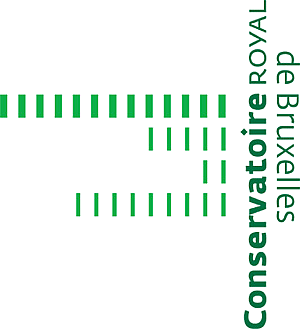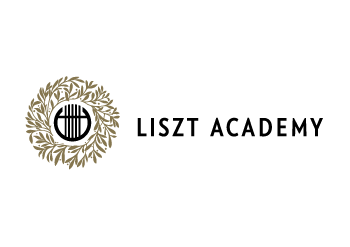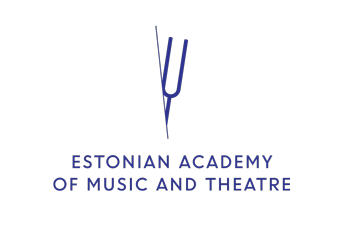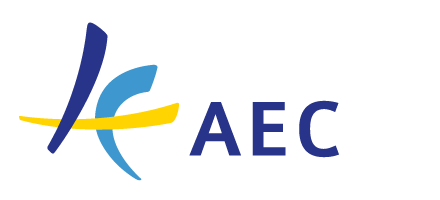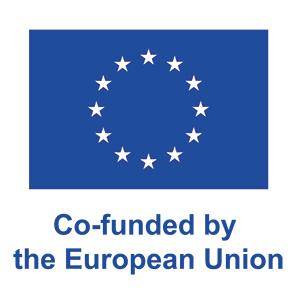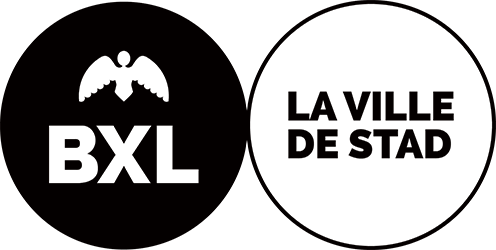Harmony/Analysis/Solfege 2
Conservatorium van Amsterdam
- Ability to analyze musical scores of moderate - advanced complexity
- Compare analytical approaches to a single piece
- Write harmony exercises using chromatic vocabulary
- Write advanced counterpoint exercises in the "combined species"
- Dictate harmonies / melodies of moderate-advanced complexity
- Analyze form without a score
- Sing melodies involving complex rhythms and chromaticism
- Perform rhythm using a Karnatic-rhythmic approach
